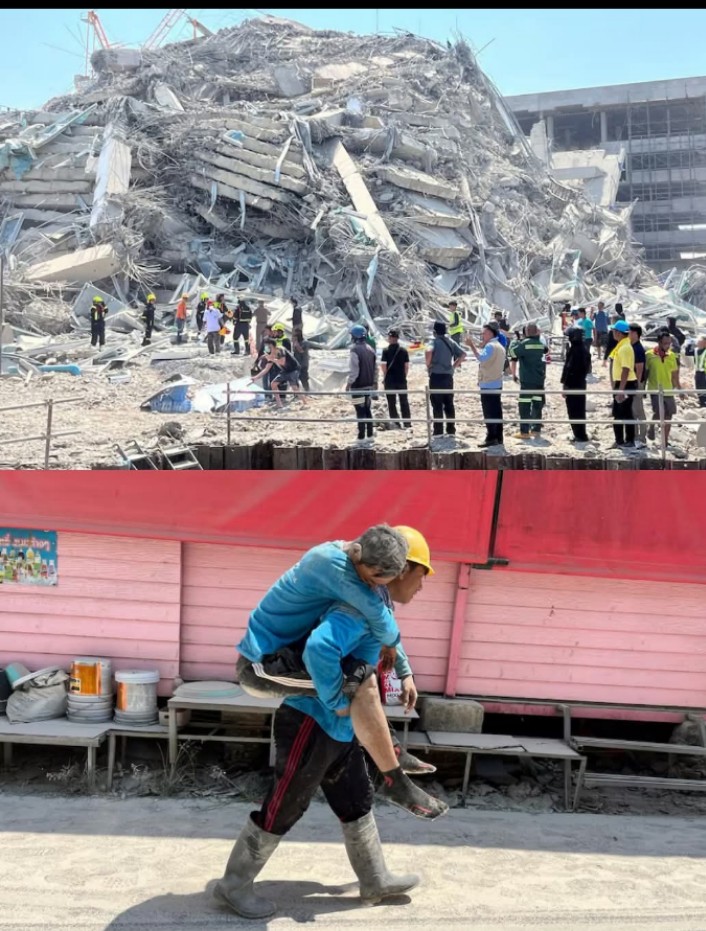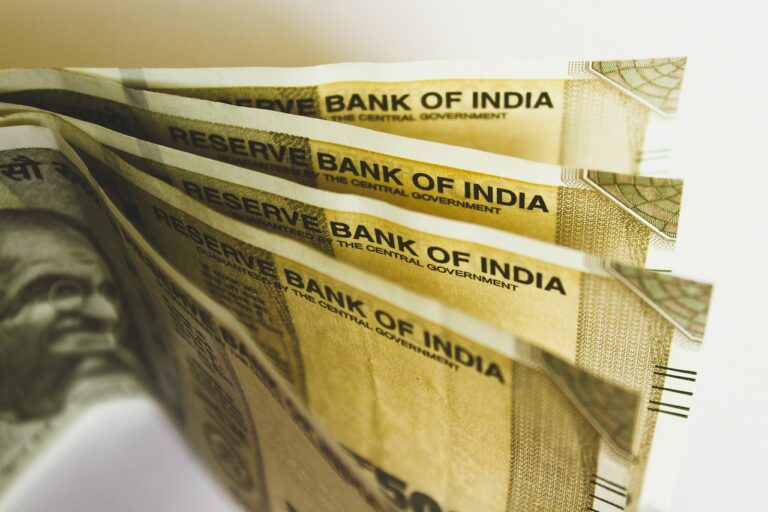
[the_ad_placement id=”adsense-in-feed”]
 By Anil Singh
By Anil Singh
Only when prime time turned into crime time did the stench of a rotting system reach the Supreme Court; hearing the gangster Vikas Dubey encounter case, Chief Justice of India Arvind Bobde admitted this week that granting parole to the man with 65 pending FIRs reflected institutional failure.
So far, only the police, the politicians and the media were being pilloried for the rise of Vikas Dubey while the judiciary escaped its share of the blame. Dubey’s delusion that he was above the law was born in the courtroom where he was acquitted of killing a minister in a police station. CJI Bobde has now asked for details of this judgment as well as the others pertaining to the gangster. Had a higher court taken timely cognizance of the shocking acquittal, the Dubeys of the underworld would not have started believing that only courtroom shootouts are taken seriously.
[the_ad_placement id=”content-placement-after-3rd-paragraph”]
Likewise, the Jessica Lall case where Manu Sharma, son of Haryana politico Venod Sharma, was acquitted by the trial court of shooting dead the model, one of the celebrity barmaids in a high-society Delhi bar, when she denied him a drink after closing time.
Despite this, it was public outcry rather than a judicial review that propelled the case to a conviction right up to the SC. Cops are blamed for not catching the crooks, politicians for nurturing them and the media for ignoring the nexus but the judiciary is not held accountable when the same goons go scot-free after a shootout. Surely, the long arm of the law is not meant just for pickpockets.
Every other pillar of democratic governance except the judiciary is subject to some system of accountability and checks and balances. The judiciary has neither a system of rewards nor a system of punishments. If there is still some faith in the judiciary it is because the courts have struck many a blow for the common man. Ultimately the prestige, stature and independence of the judiciary are dependent on public trust and confidence.
Shocking judgments though are not the only thing that ails Indian judiciary. And the ailments have been diagnosed too; `tareekh pe tareekh’, judicial vacancies, centralization, transitory chief justices and the confusing, costly process which favours the rich. Strangely though, no one seems keen on administering the medicine that is judicial reforms.
One of the reasons for the malaise is the reluctance of chief justices to pull up fellow judges for misconduct. The Constitution does provide for impeachment of judges but nothing prevents the courts from devising their own disciplinary mechanisms.
The in-house procedure to enforce the ethical code for judges is opaque and often dysfunctional. In the absence of a law on judicial accountability, former SC judge Ruma Pal suggests that the CJI should set up formal, internal mechanisms for disciplining judges.
Maybe India needs a Performance Commission, as in several states of the US, which examine complaints about the conduct of judges and have powers to take consequential action.
Innovative solutions to reduce the backlog of cases such as artificial intelligence to automate workflow and creating new courts of
appeal have been suggested by successive law commissions. The judiciary is also not as averse to change as it seems; note the nimbleness with which courts have adapted to information technology during the lockdown.
Televising courtroom proceedings and the creation of a national judicial service are the other notable ideas for judicial reform.
However, the sad truth is that the Indian judiciary still needs a Vikas Yadav to show it the mirror.
*Anil Singh is an independent journalist based in Mumbai. The views expressed are personal.
[the_ad_placement id=”sidebar-feed”]





